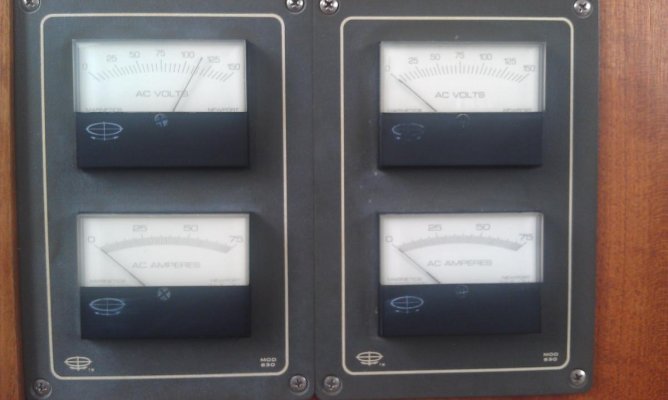OK, I have been checking out some state of charge (SOC) meters. With an accurate digital read out of the house battery bank is one really necessary? It seems to me that if 12.2 volts is a 50% state of charge, the object is to never let it go below that. Any ideas as to why this is not enough information?
The charger compensates for temperature variations. The plan is to upgrade the 80 amp alternator dedicated to the house bank to a small frame 120 amp unit with a 3 stage voltage regulator, or would the 80 amp with an upgraded voltage regulator be large enough? When under way about 25 amps DC is the most the inverter would use.

